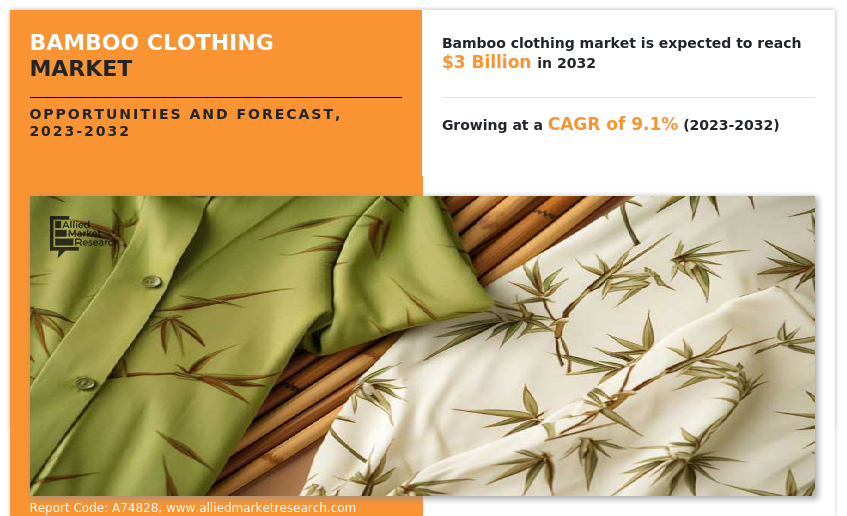Best Ideas For Selecting Hemp Clothes
Wiki Article
Why Is Hemp More Biodegradable, Durable, And Regenerable Than Cotton, For Instance?
Hemp because of its natural properties and way that it is grown is believed to be more durable and renewable than cotton. Here's why- Biodegradability-
Natural Fiber - Hemp is a natural plant fibre, which is biodegradable. If they are removed hemp textiles and clothing are broken down in a natural way, returning to the environment and not leaving behind a the long-lasting garbage. This contrasts with synthetic fibers such as polyester, which take many years to break down.
Hemp textiles are devoid of chemical treatments and additives that can affect biodegradability. The textiles made of cotton can be treated with synthetic chemical additives, such as certain finishings or dyes that slow the biodegradation process.
Durability-
Hemp fibers can be characterized by their durability and strength. Hemp clothes and textiles are less prone to wear and tear which makes them more durable in comparison to cotton-based products. Hemp clothing is durable and can be washed many times before showing indications of wear.
less prone to PillingLess prone to pilling Hemp fabrics are less susceptible to pilling (the formation of small fuzzy balls that form on the surface of the fabric) compared to cotton. This is a factor that is a major factor in their longevity and overall quality.
Regenerative Agriculture-
Soil Quality- Hemp is a regenerative plant when grown in a sustainable manner. Hemp cultivation that is sustainable has a deep-rooted system that will prevent compaction of the soil. This system of roots also helps to prevent erosion. This regenerative element can leave the land in better condition for the future growth.
Low environmental impact Sustainable hemp farming practices make use of fewer herbicides and pesticides, which reduces the harm to the environment. Contrary to conventional cotton farming, its use of synthetic chemicals could cause soil degradation and pollution of the water.
Water Efficiency-
Low Water Requirements Hemp generally requires less water than cotton growth. Because of its drought resistance it can be grown with little or no irrigation. This makes it a water-efficient choice, especially in regions with limited water resources.
Crop Rotation- Hemp can be integrated in crop rotation systems that improve overall soil health and reduce the chance of soil loss and disease buildup. In traditional cotton farming the crop rotation process is less common.
Hemp is versatile and can be utilized in many ways, such as for textiles, clothing or even building materials. Hemp's versatility permits it to be used in a wide spectrum of industries using the use of sustainable and regenerative methods.
Alongside these benefits of hemp, it's important for you to know that hemp as well as cotton can be grown sustainable (or not) according to the farming techniques and the processing techniques. Choose hemp products produced with eco-friendly, ethical practices to maximize the environmental advantages. The use of organic cotton is also a way to reduce environmental problems that are associated with conventional production. Take a look at the most popular hemp clothes for website tips including hemp apparel wholesale, organic hemp fabric, afends jesse dress, hemp shirts wholesale, hemp pants womens, hemp shorts, hemp tank top, afends jesse dress, hemp tees wholesale, hemp clothing for men and more.
What Is The Hemp-Based Clothing's Performance To Other Fibres In Terms Of Performance And Quality?
Hemp clothing comes with a number of practical and technical advantages over other fibers, while being sustainable. Here are a few ways which hemp clothing is a high-performance and eco-friendly choice in terms of moisture wicking and breathability-
Hemp fibres are highly breathable. They also help to wick away moisture, making hemp clothing very comfortable under all kinds of conditions. They assist in wicking the moisture away from your body. This can keep you cool and dry and minimize the risk of smells and bacteria.
Temperature Regulation
The hemp fabric is very thermoregulatory and breathable. It helps keep you warm in cold conditions by capturing the heat near the body. In warmer conditions, it assists you to remain cool by allowing humidity and heat to escape. This natural regulation of temperature can reduce the need to change clothing often.
Durability-
Hemp fibers have a reputation as being tough. The clothing made of hemp is stronger and more resistant to wear than clothes composed of other fibers such as cotton. This means hemp clothing can last longer. It also means fewer requirement for regular replacements.
UV Protection
Hemp fibers provide natural UV protection, shielding skin from harmful UV radiation. This can be particularly useful in outdoor activities.
Biodegradability:
Hemp clothing is biodegradable, which means it breaks down naturally as it is disposed of. The impact on the environment of textiles is decreased due to this property, as opposed synthetic fibers, which could remain in landfills for many years.
Low Environmental Impact
Hemp production typically uses the least amount of synthetic pesticides and herbicides when compared to cotton. Hemp plants use less water and is therefore more sustainable for the ecological environment. The eco-friendly aspects are further improved through organic farming.
Carbon Sequestration
Hemp plants have the ability to capture carbon dioxide in the atmosphere as they grow. This is why hemp can be used as a carbon sink to help reduce greenhouse gas emissions.
Sustainable agriculture and crop rotation-
Hemp is easily integrated into crop-rotation systems that improve the overall health of the soil. It also reduces the possibility of soil depletion or the accumulation of disease. This practice of sustainable farming helps to reduce its environmental impact.
Versatility:
Combining hemp fibers with other substances like organic cotton and recycled polyester can create high-performance, eco-friendly fabric blends. This flexibility allows textiles to be innovative and eco-friendly.
Low Toxicity
Hemp fibers, which are low-toxic by nature and don't require extensive chemical processing in the process of manufacturing, can reduce the impact on the environment.
It is essential to be aware that while hemp does have many eco-friendly, functional advantages but its sustainability overall is dependent on other factors like the process of dyeing, transportation, and ethical work practices. To make sustainable choices consumers should seek out brands that focus on sustainability, transparency, as well as ethical production practices while using hemp and other sustainable fibers in their designs. Take a look at the top hemp clothes examples for website examples including hemp garments, hemp pants mens, nomad hemp wear, hemp and cotton fabric, hemp coat, hemp sportswear, patagonia iron forge pants, hemp yoga pants, jeans hemp, mens hemp clothing and more.

What Are The Advantages Of Wearing Bamboo Clothes In Terms Of Comfort And Environment?
Bamboo clothing can be comfortable and environmentally friendly.
Softness- Bamboo fabric is known for its exceptional softness. It has a silky smooth texture which is a pleasure to touch. Bamboo clothing is popular because of its luxurious softness which makes it an ideal choice for loungewear, activewear and intimate clothing.
Bamboo fibers breathe well and absorb moisture. The micro-gaps in the fabric permit air to flow, keeping you comfortable and cool during hot weather. The moisture-wicking characteristics help remove sweat from your body, reducing dampness.
Bamboo clothing is a great option to regulate temperature. It can keep you warmer in colder temperatures by retaining heat close to the skin. In hot conditions, it assists you to stay cool by allowing heat and moisture to escape. The ability to adapt to temperature fluctuations makes bamboo clothing ideal for wear all year round.
Hypoallergenic- Fabric made from bamboo is soft and hypoallergenic. It's less likely to cause irritation on the skin or allergic reactions.
Bamboo fibers have natural antimicrobial substances that aid in preventing the spread and growth of bacteria that cause odor. Bamboo clothing keeps its freshness, even while being physically active.
Environment-
Sustainability- The bamboo plant is a sustainable, renewable resource. Bamboo is one of the fastest-growing plants in the entire world. It is able to grow with only a little water usage and doesn't need any pesticides. Bamboo is harvested, and the plant will regenerate by regrowing its roots.
Bamboo is naturally water-efficient. Bamboo can survive on very little water and can grow with only rainwater.
Biodegradability Bamboo clothing naturally decomposes when it is removed. This property helps reduce the quantity of non-biodegradable textile garbage that is disposed of in landfills.
Carbon Sequestration. Bamboo plants can absorb carbon dioxide from the atmosphere as they expand quickly. Bamboo cultivation is an absorber of carbon dioxide, reducing the levels of greenhouse gases as well as helping to reduce climate changes.
Chemical Reduction - The manufacturing and processing of bamboo fabrics typically require less chemicals than other types of textiles. This can help reduce the environmental impact that manufacturing textiles has.
Closed-Loop Production- A few bamboo fabric production processes use closed-loop systems, which recycle and reuse water as well as chemicals, minimizing the amount of waste and pollution.
It is important to note that the effect of bamboo clothing on the environment may be different based on the kind of manufacturing process used and the source of bamboo used and sustainable from the bamboo forest. For the best environmental results consumers should select bamboo clothes made using eco-friendly and ethical methods. Read the top bamboo clothes for site tips including bamboo yoga leggings, boody bamboo underwear, cotton bamboo pajamas, womens bamboo t shirts, bamboo t shirts ladies, rayon from bamboo fabric, bamboo undergarments, ladies bamboo tops, bamboo jeans brand, bamboo boxer shorts and more.

